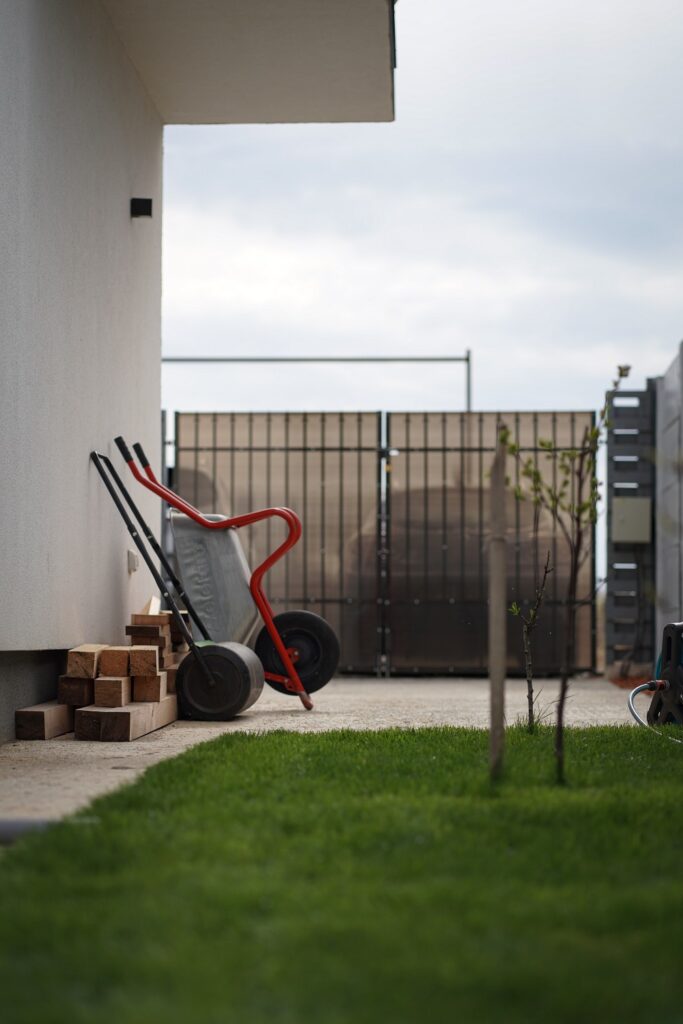Creating a Sustainable and Eco-Friendly Lawn Care Routine

As environmental consciousness continues to grow, more and more homeowners are seeking ways to create eco-friendly and sustainable lawn care routines. Traditionally, lawn maintenance has relied heavily on chemical fertilizers, pesticides, and excessive water consumption, contributing to environmental degradation. However, with a shift towards sustainable practices, we can maintain lush, healthy lawns while minimizing our impact on the environment. In this article, we will explore various strategies and tips to create a sustainable and eco-friendly lawn care routine.
Selecting Native and Drought-Tolerant Plants
One of the first steps in creating an eco-friendly lawn is to choose native and drought-tolerant plant species. Native plants are naturally adapted to the local climate and soil conditions, requiring minimal maintenance and reducing the need for excessive watering and chemical treatments. Drought-tolerant plants can withstand dry conditions, reducing water consumption during periods of low rainfall.
Soil Health and Organic Fertilization
Healthy soil is the foundation of a sustainable lawn care routine. Conduct a soil test to determine its nutrient content and pH levels. By understanding the soil’s needs, you can tailor fertilization to suit your lawn’s specific requirements. Instead of relying on synthetic chemical fertilizers, opt for organic alternatives such as compost, mulch, and natural amendments. These provide essential nutrients, improve soil structure, and support beneficial microorganisms.
Reduce Water Consumption
Water conservation is crucial for sustainable lawn care, especially in water-scarce regions. Install a smart irrigation system that adjusts watering schedules based on weather conditions and the lawn’s moisture levels. Additionally, consider using rainwater harvesting systems to collect and store water for future use, reducing reliance on municipal water sources.
Implement Proper Mowing Practices
Mowing is an essential aspect of lawn care, but it can have a significant impact on sustainability. Maintain your lawn at the recommended height for your grass species to encourage deep root growth, improve drought resistance, and reduce weed growth. Avoid mowing when the grass is wet to prevent damage and disease spread.
Embrace Integrated Pest Management (IPM)
Traditional lawn care often relies on chemical pesticides to combat pests. However, these chemicals can harm beneficial insects, contaminate water sources, and harm the ecosystem. Instead, adopt Integrated Pest Management (IPM) techniques that use a combination of preventive measures, natural predators, and environmentally-friendly products to manage pests effectively.
Reduce Chemical Use
Limit the use of chemicals on your lawn to the bare minimum. Synthetic pesticides and herbicides can have adverse effects on human health and the environment. If you must use them, do so sparingly and only when necessary. Seek organic and biopesticide alternatives, which are less harmful to the environment and promote biodiversity.
Composting Yard Waste
Instead of disposing of yard waste like grass clippings, leaves, and branches, create a composting system. Composting not only reduces waste in landfills but also produces nutrient-rich compost that can be used to fertilize your lawn and garden naturally.
Utilize Natural Lawn Care Products
When purchasing lawn care products, choose those labeled as natural or eco-friendly. These products are less likely to contain harmful chemicals and are formulated with environmental sustainability in mind.
Aerate and Overseed Regularly
Aerating your lawn allows air, water, and nutrients to penetrate the soil more effectively, promoting healthy root growth. Overseeding helps fill in bare patches and increases the lawn’s density, naturally reducing weed growth.
Encourage Wildlife and Biodiversity
Create a welcoming environment for wildlife by incorporating native plants and installing bird feeders, birdhouses, and insect hotels. Encouraging biodiversity in your lawn helps maintain a balanced ecosystem and reduces the need for chemical pest control.
Creating a sustainable and eco-friendly lawn care routine is essential for preserving the environment and reducing our ecological footprint. By following these tips, you can maintain a beautiful, lush lawn while protecting the planet for future generations. Embrace native plants, improve soil health, reduce water consumption, and minimize chemical use to achieve a lawn that is both environmentally-friendly and visually appealing. By taking these steps, you contribute to the global effort to protect our planet and create a greener, healthier world.
Generated by ChatGPT